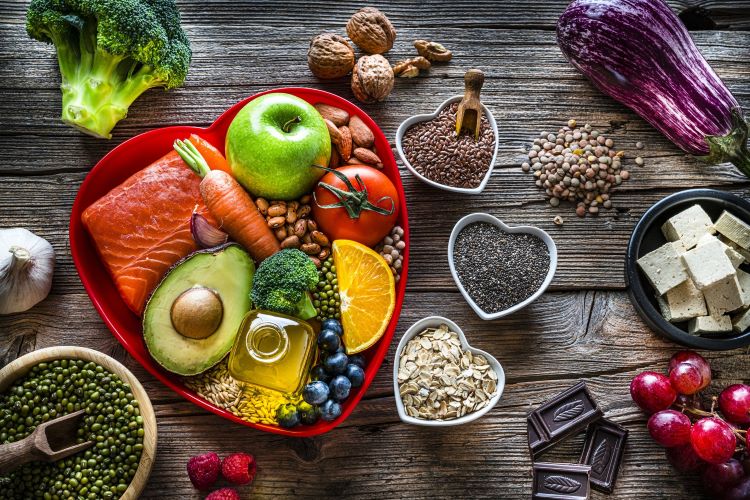
February is American Heart Month, a time to spread awareness about the risk factors for developing heart disease and how to prevent it. Currently, heart disease is the leading cause of death in the United States. This is why it is important to use this month to share helpful ways to stop more Americans from developing heart disease.
In terms of strategies to keep your heart healthy, diet and nutrition play a crucial role. Following a healthy diet can help you avoid many risk factors for heart disease like high cholesterol, obesity and high blood pressure. You will often hear that it is healthier to cook your meals at home rather than eat out, but how you cook your meals at home is also important.
Here are three tips on heart-healthy cooking.
1. Swap salt for herbs and spices.
Limiting sodium intake is important when trying to keep your heart healthy. Generally, it is recommended to keep your daily sodium intake below 2,300 milligrams. For reference, this is about 1 teaspoon of salt. Luckily, there are plenty of other ways to add flavor to your meals without adding salt. Herbs such as oregano, basil, rosemary and dill make great additions to any dish. Spices like garlic powder, cumin, paprika and cinnamon also make excellent salt substitutes. There are also salt-free seasoning mixes that are available in most grocery stores. Tip: Try swapping the salt shaker on your dining room table for a shaker filled with your favorite spice.
2. Beware of your cooking base.
Sautéing, air frying, and roasting your meats or veggies are great alternatives to frying, but what you cook your food in could make or break your meal. Olive oil, avocado oil and sesame oil are rich in monounsaturated fats, which can help improve cholesterol levels and reduce inflammation. Butter and palm oil contain saturated fats, which can negatively impact your cholesterol levels and increase your risk of developing heart disease. Therefore, it is best to use oils with monounsaturated fats for a healthy heart — keep this in mind next time you make your next dish.
3. Substitute your sugar for fruit.
We all love our sweets, but eating too much added sugar can lead to high blood pressure and inflammation. However, following a heart-healthy diet doesn't mean eliminating all sweet foods. When indulging in a sweet treat, try subbing a portion or all of the sugar in the recipe for fruit. Fruits like bananas, apples, dates and prunes can be mashed or blended with water and used as a natural sweetener. A general rule of thumb is to substitute half the amount of sugar in a recipe with fruit puree. Fruit purees work best in dense baked goods like quick breads, muffins, pancakes, cakes and brownies. So enjoy those baked goods, but make them better for your heart.
Cooking for a healthy heart doesn't have to be a challenge. These simple adjustments can have a significant impact.
Start prioritizing your heart health in the kitchen this February.
Find more heart-healthy tips from Northside Hospital Nutrition Services.

